SLUS912A August 2009 – August 2015
PRODUCTION DATA.
- 1 Features
- 2 Applications
- 3 Description
- 4 Revision History
- 5 Pin Configuration and Functions
- 6 Specifications
- 7 Detailed Description
- 8 Application and Implementation
- 9 Power Supply Recommendations
- 10Layout
- 11Device and Documentation Support
- 12Mechanical, Packaging, and Orderable Information
Package Options
Mechanical Data (Package|Pins)
- DSG|8
Thermal pad, mechanical data (Package|Pins)
- DSG|8
Orderable Information
6 Specifications
6.1 Absolute Maximum Ratings
over operating free-air temperature range (unless otherwise noted)(1)| MIN | MAX | UNIT | |||
|---|---|---|---|---|---|
| VI | Input voltage | IN (with respect to VSS) | –0.3 | 30 | V |
| OUT (with respect to VSS) | –0.3 | 12 | |||
| ILIM, FAULT, CE, VBAT (with respect to VSS) | –0.3 | 7 | |||
| II | Input current | IN | –1.8(2) | 2 | A |
| IO | Output current | OUT | 2 | A | |
| Output sink current | FAULT | 15 | mA | ||
| TJ | Junction temperature | –40 | 150 | °C | |
| Tstg | Storage temperature | –65 | 150 | °C | |
(1) Stresses beyond those listed under Absolute Maximum Ratings may cause permanent damage to the device. These are stress ratings only, which do not imply functional operation of the device at these or any other conditions beyond those indicated under Recommended Operating Conditions. Exposure to absolute-maximum-rated conditions for extended periods may affect device reliability.
(2) Negative current is specified for a maximum of 50 hours at TJ = 175°C.
6.2 ESD Ratings
| VALUE | UNIT | ||||
|---|---|---|---|---|---|
| V(ESD) | Electrostatic discharge | Human body model (HBM), per ANSI/ESDA/JEDEC JS-001(1) | ±2000 | V | |
| Charged device model (CDM), per JEDEC specification JESD22-C101(2) | ±500 | ||||
| IN(IEC 61000-4-2)(3) | Air Discharge | ±15000 | |||
| Contact | ±8000 | ||||
(1) JEDEC document JEP155 states that 500-V HBM allows safe manufacturing with a standard ESD control process.
(2) JEDEC document JEP157 states that 250-V CDM allows safe manufacturing with a standard ESD control process.
(3) With IN bypassed to the VSS with a 1-μF low-ESR ceramic capacitor
6.3 Recommended Operating Conditions
over operating free-air temperature range (unless otherwise noted)| MIN | NOM | MAX | UNIT | ||
|---|---|---|---|---|---|
| VIN | Input voltage range | 3 | 30 | V | |
| IIN | Input current, IN pin | 1.5 | A | ||
| IOUT | Output current, OUT pin | 1.5 | A | ||
| RILIM | OCP Programming resistor | 15 | 90 | kΩ | |
| TJ | Junction temperature | –40 | 125 | °C | |
6.4 Thermal Information
| THERMAL METRIC(1) | bq24312 | UNIT | |
|---|---|---|---|
| DSG (WSON) | |||
| 8 PINS | |||
| RθJA | Junction-to-ambient thermal resistance | 64 | °C/W |
| RθJC(top) | Junction-to-case (top) thermal resistance | 84.1 | °C/W |
| RθJB | Junction-to-board thermal resistance | 33.9 | °C/W |
| ψJT | Junction-to-top characterization parameter | 1.9 | °C/W |
| ψJB | Junction-to-board characterization parameter | 34.3 | °C/W |
| RθJC(bot) | Junction-to-case (bottom) thermal resistance | 5.6 | °C/W |
(1) For more information about traditional and new thermal metrics, see the Semiconductor and IC Package Thermal Metrics application report, SPRA953.
6.5 Electrical Characteristics
over junction temperature range –40°C to +125°C and recommended supply voltage (unless otherwise noted)6.6 Typical Characteristics
Test conditions (unless otherwise noted) for typical operating performance: VIN = 5 V, CIN = 1 μF, COUT = 1 μF, RILIM = 24.9 kΩ, RBAT = 100 kΩ, TA = 25°C, VPU = 3.3 V (see Figure 12 for the Typical Application Circuit)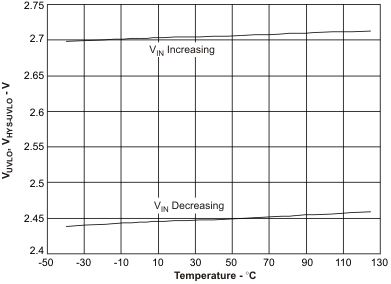 Figure 1. Undervoltage Lockout vs Free-Air Temperature
Figure 1. Undervoltage Lockout vs Free-Air Temperature
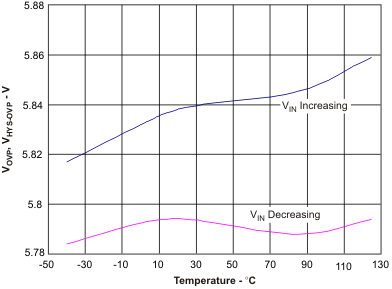 Figure 3. Overvoltage Threshold Protection vs Free-Air Temperature
Figure 3. Overvoltage Threshold Protection vs Free-Air Temperature
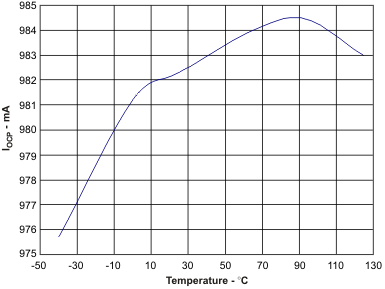 Figure 5. Input Overcurrent Protection vs Free-Air Temperature
Figure 5. Input Overcurrent Protection vs Free-Air Temperature
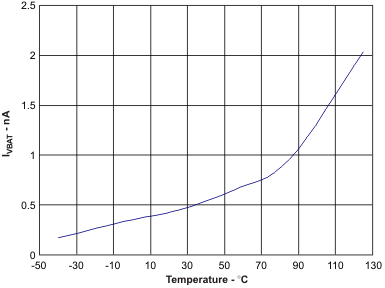 Figure 7. Leakage Current (VBAT Pin) vs Free-Air Temperature
Figure 7. Leakage Current (VBAT Pin) vs Free-Air Temperature
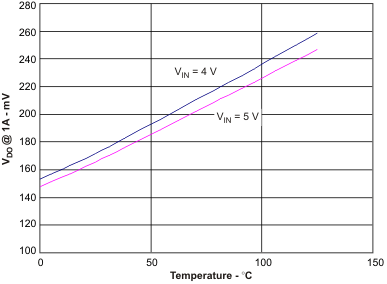 Figure 2. Dropout Voltage (IN to OUT) vs Free-Air Temperature
Figure 2. Dropout Voltage (IN to OUT) vs Free-Air Temperature
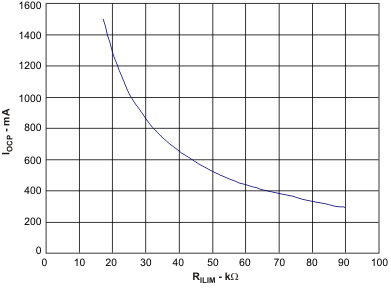 Figure 4. Input Overcurrent Protection vs ILIM Resistance
Figure 4. Input Overcurrent Protection vs ILIM Resistance
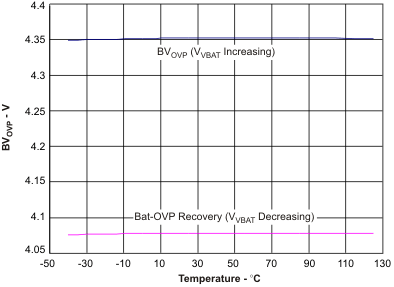 Figure 6. Battery Overvoltage Protection vs Free-Air Temperature
Figure 6. Battery Overvoltage Protection vs Free-Air Temperature
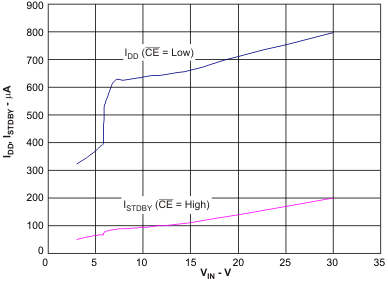 Figure 8. Supply Current vs INPUT Voltage
Figure 8. Supply Current vs INPUT Voltage